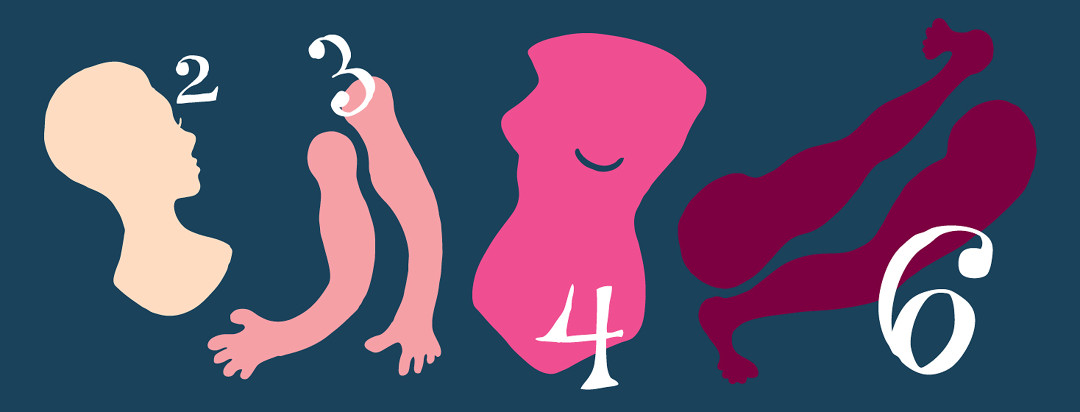What Is a PASI?
Have you ever been asked a question and found yourself dumbfounded?
That is what happened to me recently during an interview for my podcast. Russ Cowper from The Psoriasis Shout Out team asked me a simple question. What is your PASI?
I know what a PASI is. In theory.
My psoriasis, my notes?
I have had psoriasis forever, but I cannot recall an instance where I have been told what my coverage is. Terms like mild, moderate and severe, yes. But a PASI score? Never.
Has one ever been performed? I had no idea so I thought I would investigate what goes into completing a Psoriasis Area & Severity Index (PASI) and see if I could determine whether I had one and whether I could do one at home.
What is a PASI?
A PASI is a tool used by dermatologists and clinics running clinical trials to determine psoriasis coverage and severity. The information from a PASI can be used alongside other data to inform the doctor which medications may be best suited to their patient living with psoriasis.
A PASI score of over ten usually indicates that a persons psoriasis is moderate to severe and therefore shows that the patient may be eligible for more powerful and sometimes newer forms of treatment. In a clinical trial setting, a PASI score of ten is usually required as part of the selection criteria.1
The data from a PASI can also inform a doctor on the success of a particular treatment. If the treatment is effective the PASI score should reduce.
Interestingly the criteria for successful treatment is not 100% clearance but is actually 75% clearance as determined by the PASI. This is known as PASI 75, Therefore if you start treatment with a PASI of 20, then the treatment is classed as successful once your PASI score is down to 5. Therefore your treatment will be classed as successful even if some lesions remain (a PASI not used to assess arthritis).
So how is a PASI calculated?
Note: I am not a dermatologist (or a doctor), and this is a simplification of the protocol I found as part of my research, so you have a general idea where a PASI result comes from. Do not do this yourself. For more details speak to your doctor.
Different parts of the body are grouped into four categories.
- Head and neck
- Upper Limbs (Hands and Arms)
- Trunk (chest, abdomen, and back)
- Lower Limbs (Buttocks, Thighs, and Legs).
Then each category is given a score (1-6) based on percentage coverage (not severity) using the following guidelines 1
- 0 = 0%
- 1 = 1% - 9%
- 2 = 10% - 29%
- 3 = 30% - 49%
- 4 = 50% - 69%
- 5 = 70% - 89%
- 6 = 90% - 100%
Therefore if half of your back and abdomen are covered with plaques (50%), then your trunk would get a score of 4.
The skin is also assessed for severity. Severity scores are based on redness/ erythema, thickness, and scale. The assessment criteria are from 1-4, and a score of zero refers to none. A score of one is slight, two is moderate, three is severe, and four is very severe. 1
Calculations can then be made for each section of the body. These calculations are used to give the final PASI score. The final PASI score factors in the fact that the area of skin that covers the head is smaller than the area that covers the trunk of the body. This means if you have severe psoriasis on your arms, your overall PASI score will be lower than someone who has severe psoriasis only on their trunk. Which is as it should be.
Can you DIY?
No, there many problems with performing a PASI at home.
- The grading system for coverage and severity is subjective. What one person may class as severe is different to what another person would class as severe. Dermatologists receive extensive training to ensure that they grade these into the correct category.
- You are not an unbiased observer. If I wake up in a good mood, I will asses my skin as being better than it is, as opposed to the days when I wake up and want to eat chocolate for breakfast and daydream about living in a hotel. We are terrible at making unbiased judgments about ourselves and usually estimate coverage to be much worse than it actually is.
- The PASI is not used in isolation to make any medical decision. When you see your dermatologist, many other factors are taken into account, such as your mental health and any other medical conditions you have. The PASI is one of many tools to enable more consistent care amongst doctors.
In conclusion, it is good to understand where your scores come from, and to track some elements like plaque severity so you can have informed discussions with your dermatologist. Tracking your symptoms can also help identify any patterns in flaring, but conducting a PASI on yourself is unlikely to be accurate and could lead to dangerous decisions regarding your health. I would certainly leave that to the experts.

Join the conversation